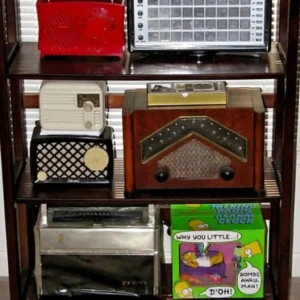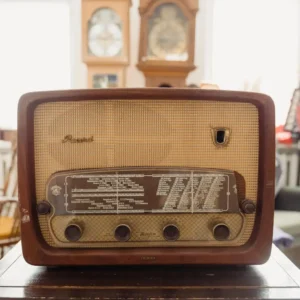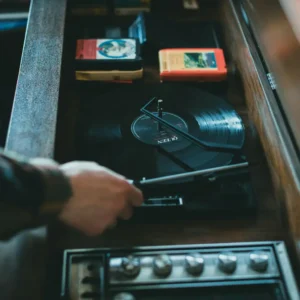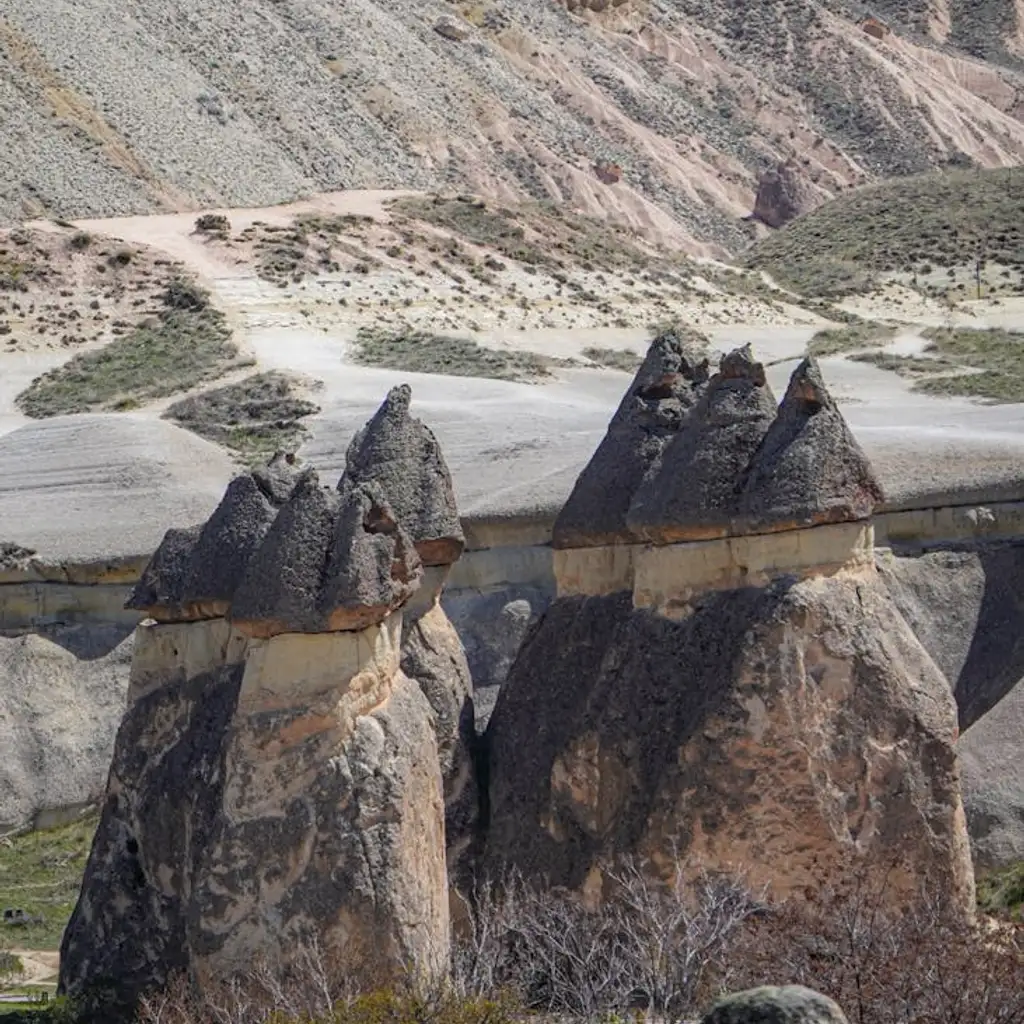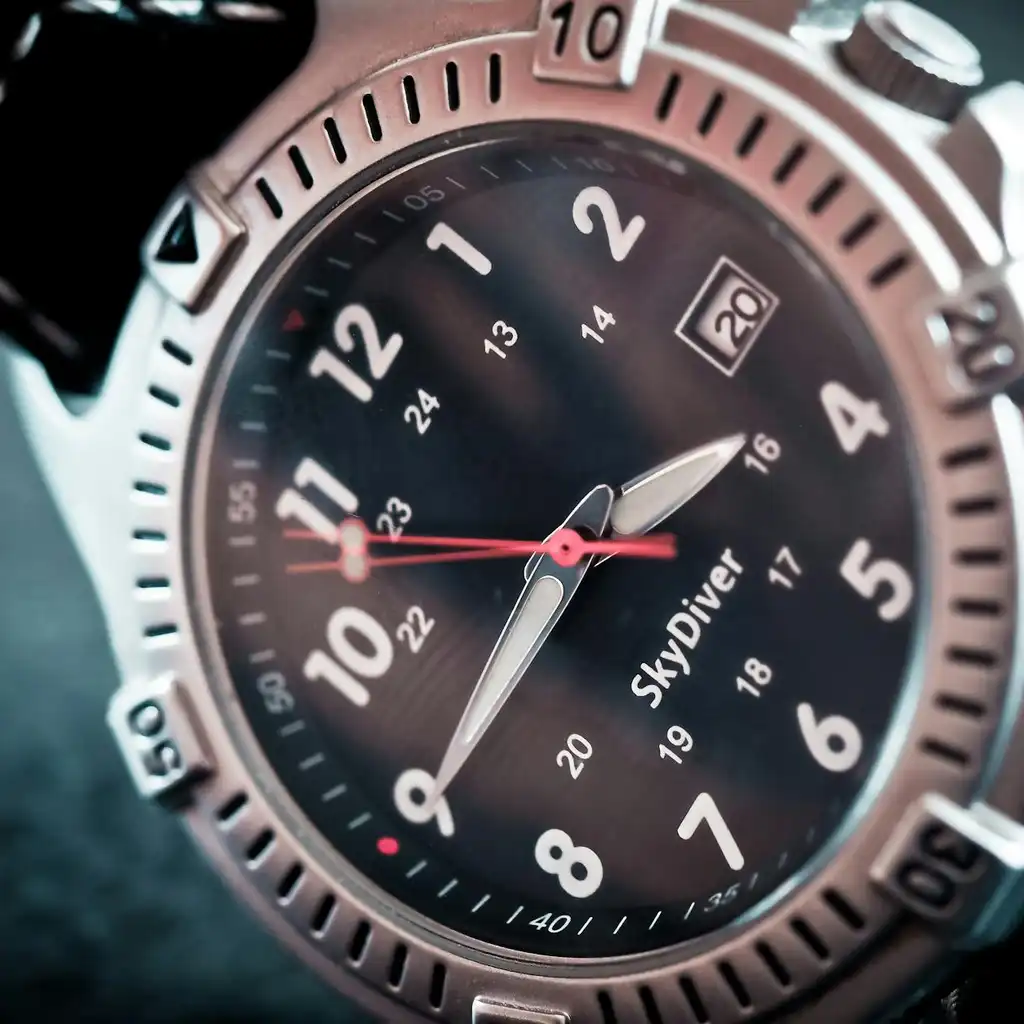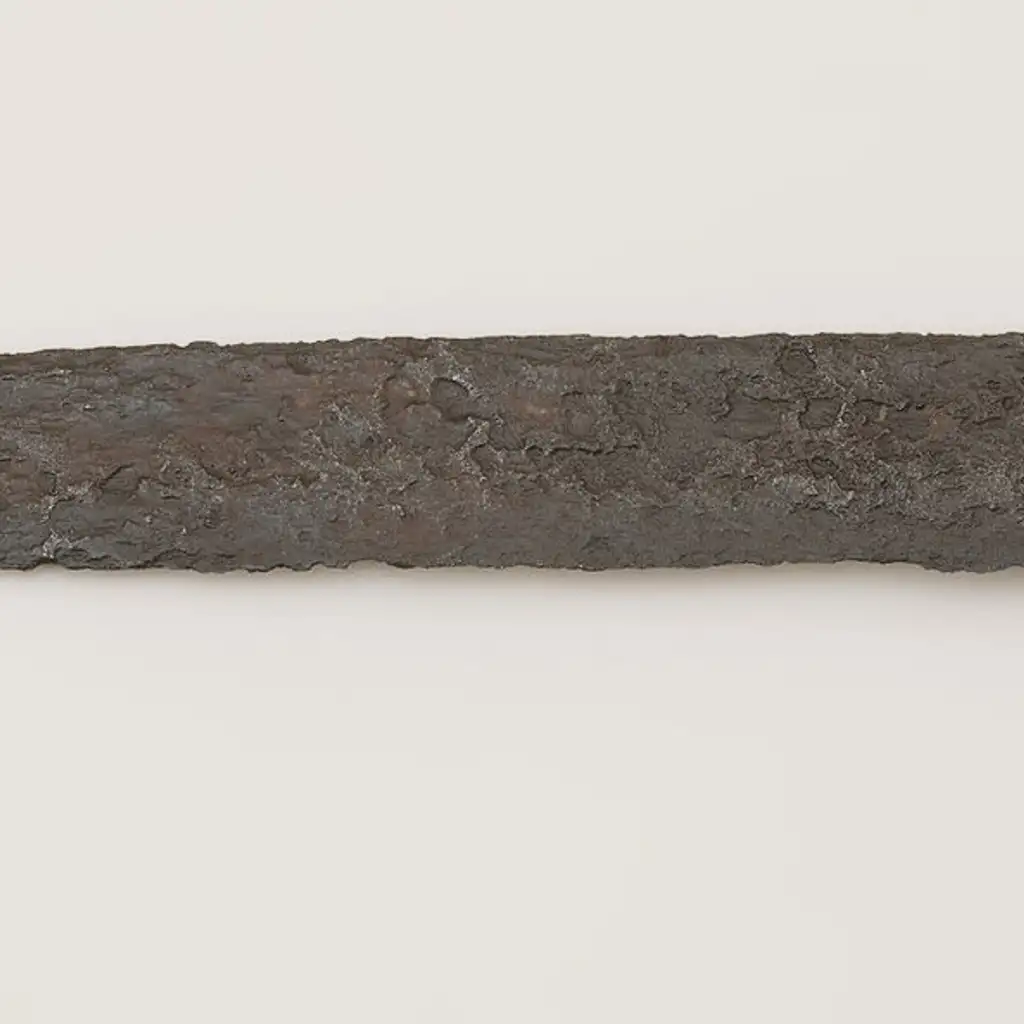In Sheridan, Wyoming, KWYO Radio is on the verge of celebrating its 90th anniversary. Established in 1934, KWYO became Wyoming’s second radio station, following Casper’s KTWO, which launched in 1930. These early stations brought a vital connection to communities, especially in rural areas like Northeast Sheridan County, where electricity didn’t reach many ranches until the late 1960s or early 1970s. In those years, television was a luxury typically viewed only on trips to town. However, most households owned battery-powered radios, offering essential services: weather updates, sports scores, market reports, and music.
Radio also served as an educational resource. In 1951, for instance, Australia’s outback pioneered “School of the Air,” where students tuned in to lessons via shortwave radio. In America, agricultural radio programming became a lifeline for rural farmers. Many states scheduled evening broadcasts, sharing expert insights and the latest scientific agricultural practices. By promoting knowledge about soil health and modern farming techniques, radio programs helped farmers enhance their yields and manage their resources.
For generations, radio has also brought real-time news, community announcements, and emergency alerts. From school closures to weather warnings, and even updates during natural disasters, radio has kept communities informed. In the 1930s-1950s, before television reached most homes, radio dramas and variety shows captivated listeners. Popular programs like “Gunsmoke,” which later moved to television, began on the radio.
Clearmont resident Terry Foster recalls the days when she and her husband, Ralph, relied on their vintage cabinet radio. Such radios weren’t just appliances; they were focal points in the household, bringing voices and stories into daily life.
The journey of radio began with early wireless research dating back to 1827, though major breakthroughs didn’t occur until the late 19th century. Through pioneering experiments—like the discovery of electromagnetic induction by Michael Faraday in 1881 and Marconi’s practical wireless system in the late 1890s—radio evolved rapidly. These innovations transformed long-distance communication, connecting ships, countries, and eventually continents. Marconi’s technology allowed vessels to communicate across miles of open sea, and by 1903, heads of state were using radio to reach each other across the Atlantic. The radio’s potential for emergency communication became apparent with the 1912 Titanic disaster, where distress signals helped save over 700 lives.
Sheridan’s stations, like many others, once operated only during daylight hours, known as “daytimer” stations. KROE Radio’s nightly sign-off captured this spirit: “From the Land of the Crow to the North, to the Land of the Black Gold to the South, this is KROE Radio, signing off.”
Today, radio has evolved into a 24-hour service, available on multiple platforms from traditional radios to smartphones and computers. Sheridan now has a range of stations offering something for every listener—country and rock music, talk shows, and local or national news. Despite the rise of modern media, radio continues to resonate, as essential today as it was nearly a century ago.

